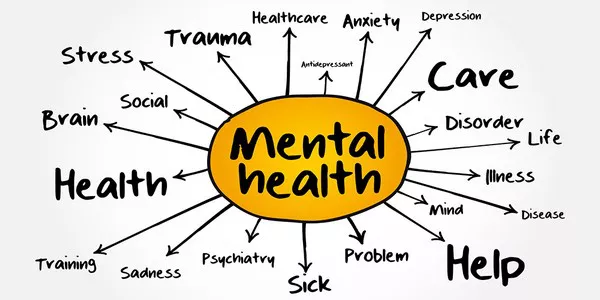In the fast-paced world we live in, anxiety has become a common emotional response to the pressures and uncertainties of daily life. While experiencing anxiety is a normal part of being human, there are times when anxiety can escalate and lead to overwhelming episodes known as anxiety attacks. Recognizing the signs of an anxiety attack is crucial for understanding your emotional well-being and seeking the support you need. In this article, we will explore the intricacies of anxiety attacks, the telltale signs that distinguish them from everyday anxiety, and effective strategies to manage and cope with these episodes.
Understanding Anxiety and Anxiety Attacks
1. Normal Anxiety
Anxiety is a natural response to stress or danger, often referred to as the body’s “fight or flight” response. It can be a motivating force that helps us navigate challenges.
2. Anxiety Attacks
Anxiety attacks, also known as panic attacks, are intense and sudden episodes of heightened anxiety that can be overwhelming and distressing. These episodes can occur unexpectedly or be triggered by specific situations.
Recognizing the Signs of an Anxiety Attack
1. Physical Symptoms
Anxiety attacks can manifest through a range of physical sensations, including rapid heartbeat, shortness of breath, chest pain, trembling, sweating, and dizziness.
2. Cognitive Symptoms
Cognitive symptoms may include racing thoughts, a sense of impending doom, difficulty concentrating, feeling detached from reality, and fear of losing control.
3. Emotional Symptoms
Emotional symptoms of an anxiety attack can include intense fear, nervousness, restlessness, irritability, and a sense of unreality.
Distinguishing Anxiety Attacks from Everyday Anxiety
1. Intensity and Duration
Anxiety attacks are characterized by their intensity and sudden onset. They reach a peak within minutes and typically subside within an hour, whereas general anxiety tends to be more persistent.
2. Physical Sensations
The physical symptoms experienced during an anxiety attack, such as chest pain and rapid heartbeat, are often more pronounced and intense than those associated with everyday anxiety.
Triggers for Anxiety Attacks
1. External Triggers
Specific situations or phobias, such as public speaking or enclosed spaces, can trigger anxiety attacks in individuals who are prone to them.
2. Internal Triggers
Internal triggers may include negative thought patterns, unresolved emotions, or memories that surface unexpectedly.
Coping Strategies and Seeking Support
1. Breathing Techniques
Practice deep breathing exercises to regulate your breathing and calm your body’s stress response during an anxiety attack.
2. Grounding Techniques
Grounding exercises, such as focusing on the present moment and using your senses, can help divert your attention away from anxious thoughts.
3. Professional Help
If you experience frequent or severe anxiety attacks, seeking support from a mental health professional, such as a therapist or psychiatrist, can provide you with effective coping strategies and treatment options.
4. Lifestyle Changes
Making positive lifestyle changes, such as regular exercise, maintaining a balanced diet, getting enough sleep, and practicing relaxation techniques, can help reduce the frequency and intensity of anxiety attacks.
Expert Insights and Statistics
1. According to the Anxiety and Depression Association of America (ADAA), anxiety disorders affect approximately 40 million adults in the United States each year.
2. Dr. Sarah Johnson, a licensed psychologist specializing in anxiety and stress management, emphasizes the importance of recognizing anxiety attacks early. She states, “The ability to recognize the signs of an anxiety attack empowers individuals to take proactive steps toward managing their anxiety and seeking professional help when needed.”
Conclusion
In conclusion, recognizing the signs of an anxiety attack is essential for understanding your emotional well-being and taking appropriate steps to cope and seek support. While anxiety attacks can be distressing, knowing the key differences between them and everyday anxiety can guide you toward effective strategies for managing these episodes. Whether through grounding techniques, breathing exercises, seeking professional help, or making positive lifestyle changes, there are numerous ways to navigate and cope with anxiety attacks. By acknowledging and addressing your mental health needs, you can work towards achieving emotional balance, resilience, and overall well-being. Remember, seeking support is a sign of strength, and you are not alone in your journey toward managing anxiety.


